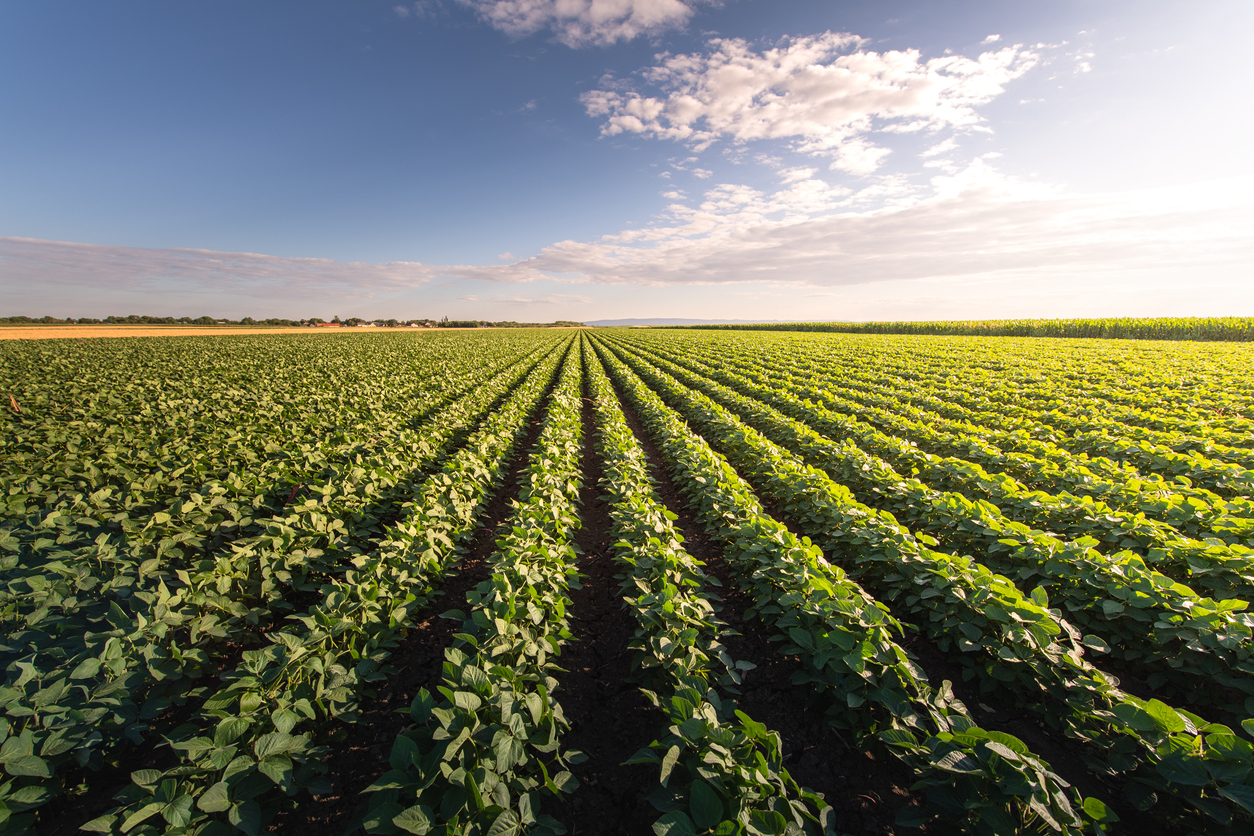Biological Buffering of Nitrogen

As crop prices increase, generally fertilizer prices increase as well. Farmers who are booking nitrogen (N) for next year are paying at least twice as much. N use efficiency is critical as farmers try to cut back on N usage while attempting to maintain crop yields. Building soil organic matter (SOM) and improving soil health improves N use efficiency. Soil health and regenerative farming systems develop healthy soils with robust microbial communities that recycle soil nutrients efficiently to meet a crop’s nutritional requirements. In healthy systems, photosynthesis is maximized which produces large volumes of soil carbon as a food source for the soil biology. The soil biology then recycles those soil nutrients to the plant as plant available nutrients. Keeping soils high in SOM or carbon are a key factor in buffering N and keeping it plant available (Larry Phelan). Inorganic N fertilizers are usually applied as salts which can be damaging to plants. “Inorganic” means it does not...


